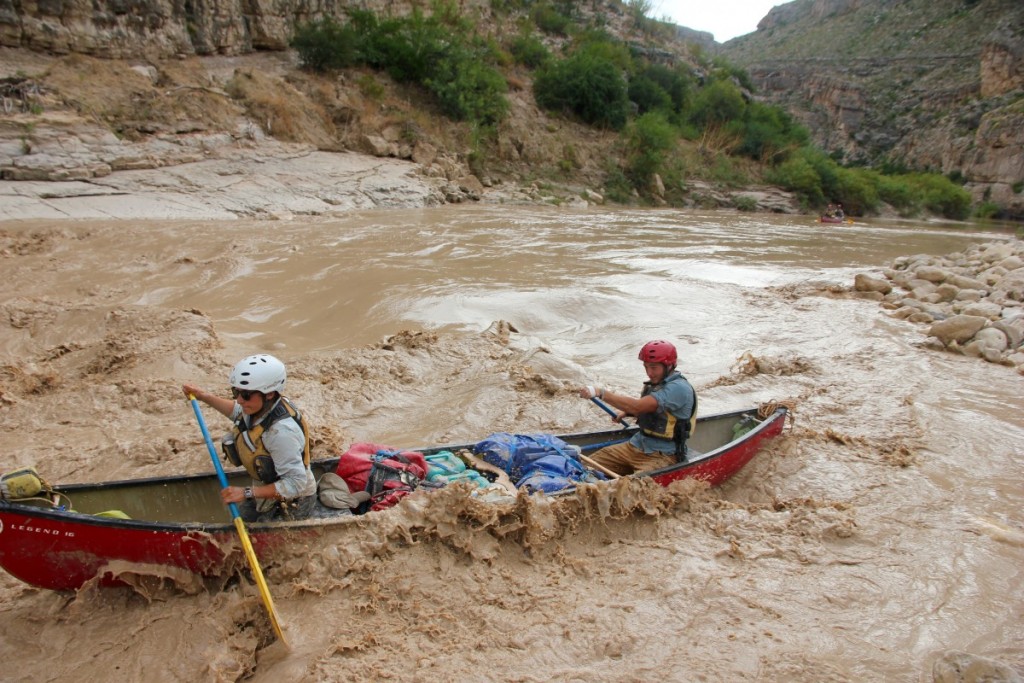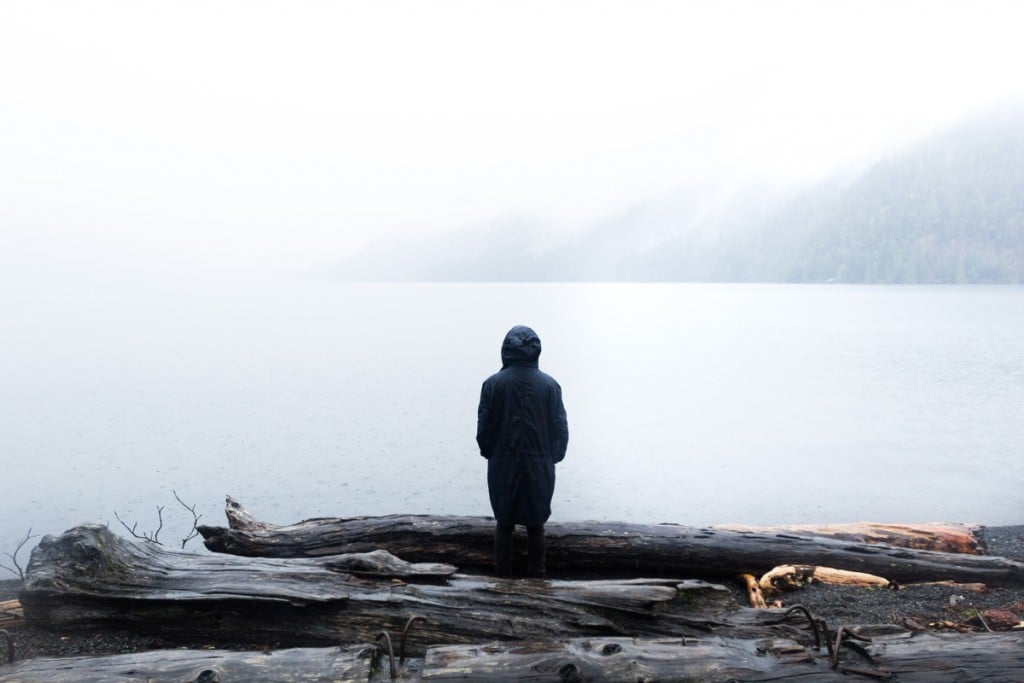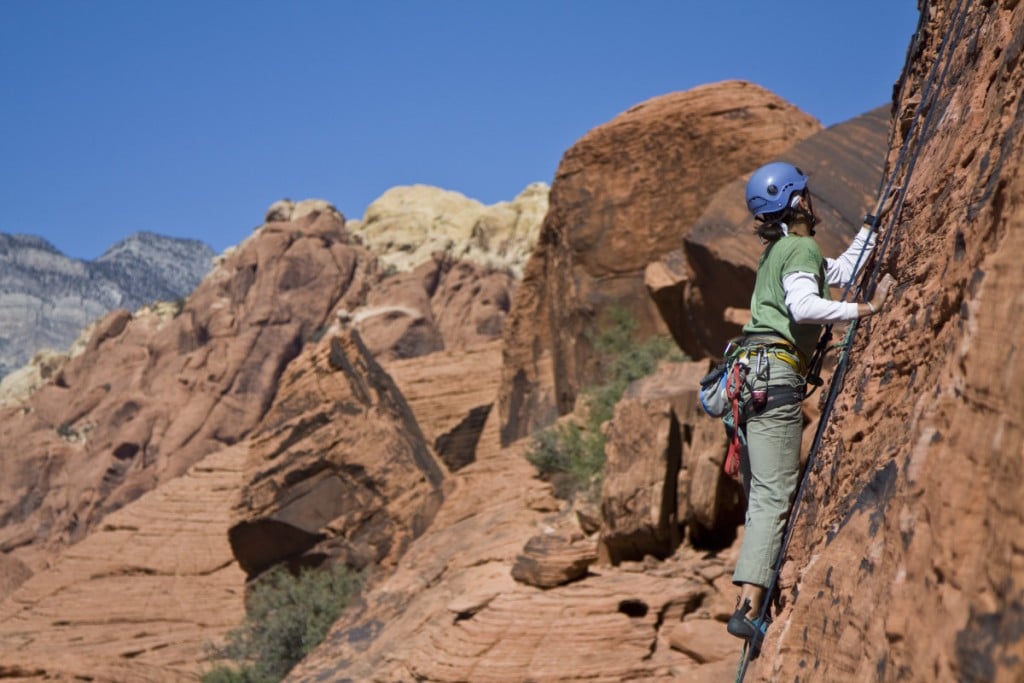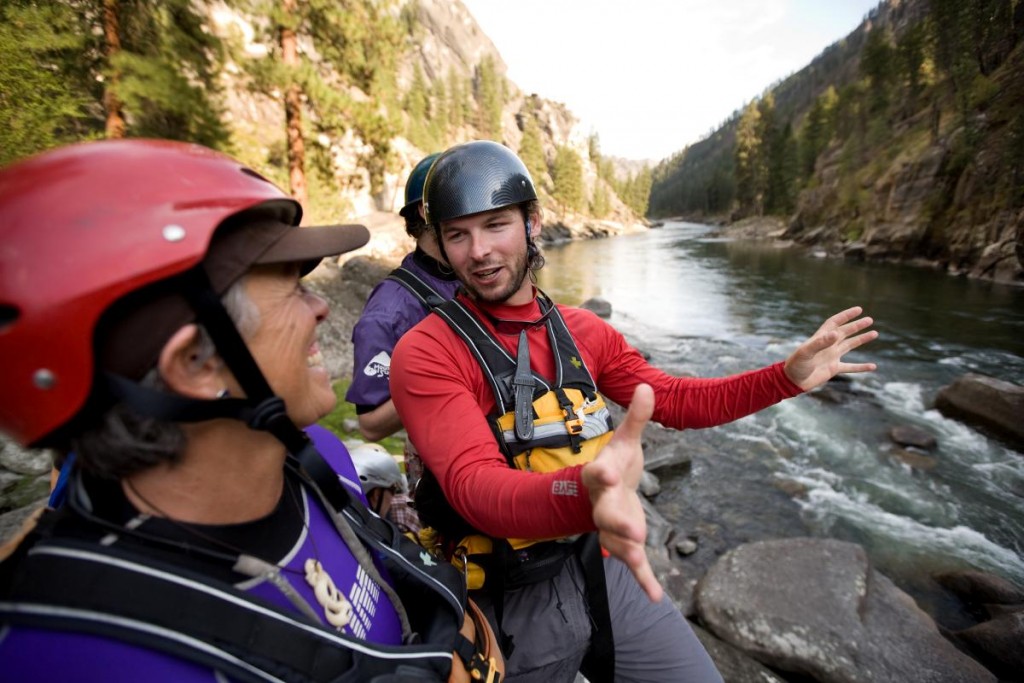
We read in plenty of places that getting out of your comfort zone is a good thing—it seems these days that everyone wants us to step outside of it and push its boundaries.
You can imagine the comfort zone place as a big pile of cozy pillows, with the temperature set at about 75 degrees Fahrenheit and with fuzzy socks on your feet. You’re safe. You know what to say and how to behave. You can complete tasks without even thinking. In all probability, you like your comfort zone.
But you also know that staying in this cozy room would get pretty boring. There’s no stimulation there, no challenge—that’s the zone’s very definition.

Our Wilderness Educator Notebook talks about the “optimal learning zone”. This is the Goldilocks zone, the place where there’s enough challenge to be stimulated, but not so much that you’re crushed with anxiety. And it's good for you. When you’re in this zone, you’re more creative and less apathetic, more solution-oriented and less strained, according to our curriculum.
That’s why, despite the cozy pillows and the “feel-good” atmosphere of the comfort zone, you need adversity. Working through challenges, whether you fail or not, prepares you to take on more and greater challenges in the future.
That’s why we go back to the wilderness time after time.

The outcomes aren’t guaranteed, ever. No matter how well you set up your tent, or take care of your feet, or pack your pack, it might start to snow, or your friend may twist their ankle, or a marmot might eat all of your snacks.
That uncertainty that creates its own challenge, and pushes you into a place of learning and attentiveness to what’s happening more than going through your daily routine ever could.
The rewards of this challenge are great, too. When you step out of your comfort zone and fail, you learn better judgment for next time. When you step out of your comfort zone and succeed, you reach more beautiful places, make deeper connections with those around you, and keep expanding the limits of your world. And while the challenges in your daily life are different than when you're in the outdoors, the benefits of finding and pushing the limits of your comfort zone are the same.
You can’t live outside your comfort zone all the time—you need that room full of soft, fuzzy things so you can recharge and prepare for the next challenge. But you can’t expect to see all the magic and wild that’s waiting from there, either.
So go ahead—do something today that scares you, even if it’s as small as changing your shower routine or as big as applying for the most ambitious job you can think of. You can do it. And if not—well, you’ll be that much more ready for next time.
Written By
Molly Herber
Molly is a NOLS instructor and writer. She loves the smell of her backpack and does her best writing before 7:00 am. When she's not scouting the next post for the NOLS Blog, she's running and climbing on rocks in Wyoming. Follow her on Instagram @mgherber



